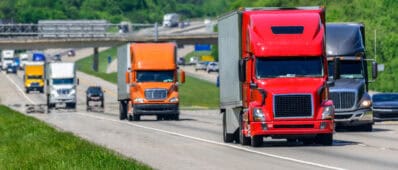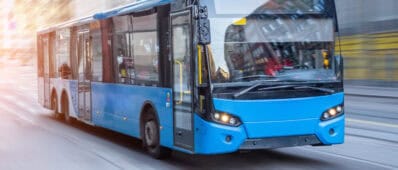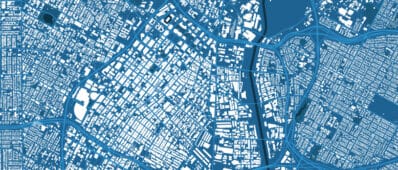Abstract
State regulations require all drayage trucks transporting containers and bulk goods to and from seaports and intermodal railyards to be zero-emission by 2035, and starting in 2024 trucks registered with the California Air Resources Board must be zero-emission. Converting these trucks to electric power is a promising pathway, and Dynamic Wireless Charging Lanes (DWCLs) could serve as a powerful supplement to traditional stationary charging stations.
This policy brief highlights findings from research exploring DWCL applications in California. The research developed a hypothetical case study of DWCL deployment for drayage trucks on a highway network of more than 1,000 miles around the Greater Los Angeles area, including the Port of Los Angeles and the Port of Long Beach. The research identified optimal locations for DWCLs to serve drayage trucks efficiently along with consideration of suitable grid connections and upgrades of the existing power grid to meet heightened energy demand.



